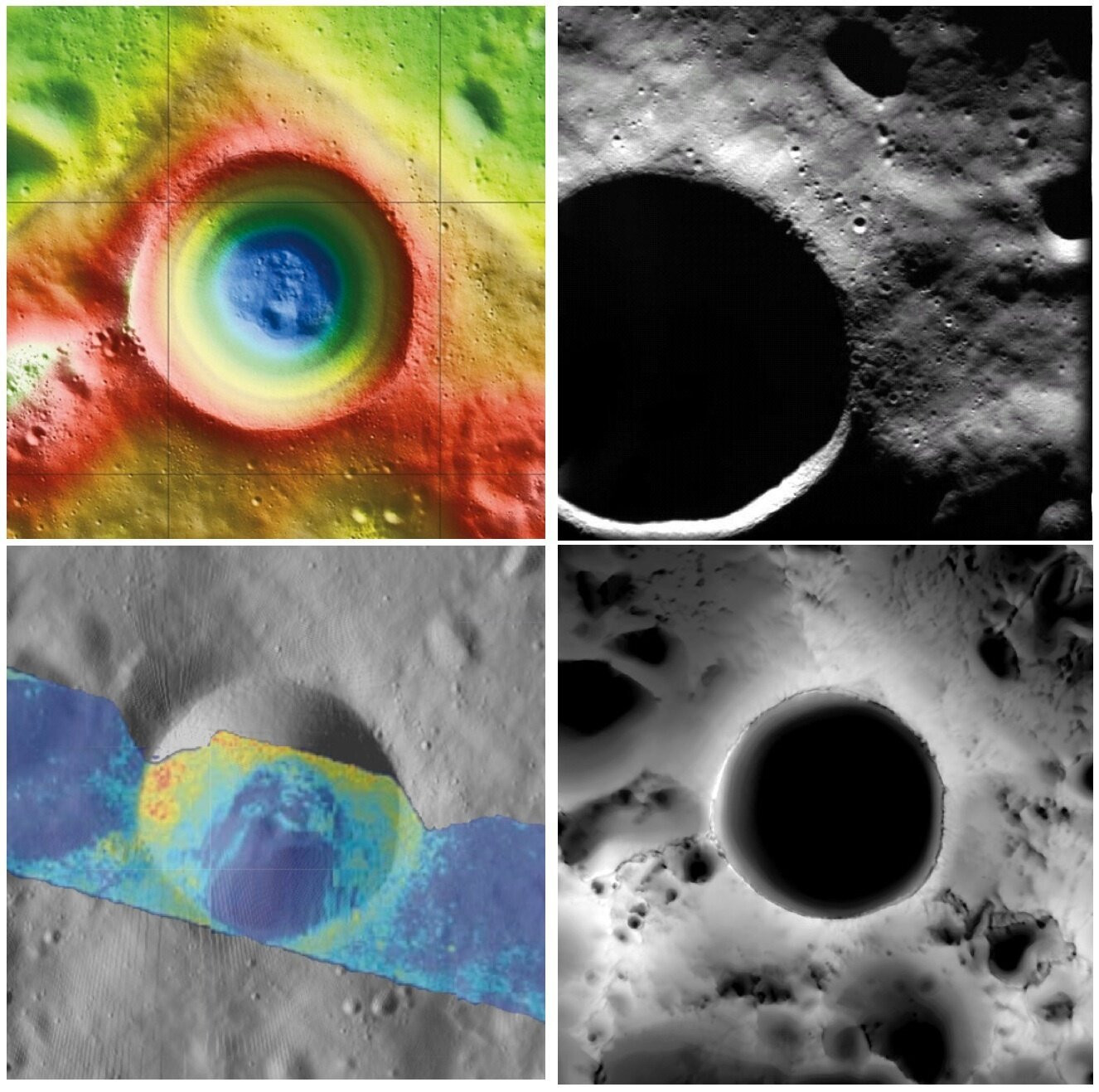China is preparing to land in Shackleton Crater, one of the potential lunar sites that NASA is also pursuing.
The Moon's south polar region typically experiences long periods of darkness due to its axial tilt. However, there are three parts of the Shackleton crater rim that receive sunlight, making them suitable locations for future lunar bases.
Furthermore, Shackleton Crater is considered to have great potential, as experts believe that it may have potential water reserves to serve future lunar explorations.

China is preparing to land at one of the potential lunar sites that NASA is also pursuing, Shackleton Crater near the moon's south pole.
The location and potential biosphere of the area would allow astronauts to harness solar energy to power the base, while also exploring the crater area for potential water ice deposits waiting to be mined. Because of these unique factors, NASA is also considering Shackleton Crater for its upcoming Artemis mission programs.
China's Chang'e 7 mission is expected to land in Shackleton Crater, the south pole of the Moon, with a rover and a mini-orbiter, possibly launching in 2026, according to a new study.
The Chang'e-7 mission program will also incorporate various advanced instruments, including seismometers, ground-penetrating radar, magnetometers and spectrometers, and other probes, to detect water ice and volatile components in the lunar soil, as well as examine the morphology, composition and structure of the lunar soil around and within Shackleton Crater.
The mini-orbiter, along with the Lunar Soil Water Molecular Analyzer (LSWMA), will collect data on water molecules and hydrogen isotopes. Another instrument, the Lunar Neutron Gamma Spectrometer (LNGS), will be installed on the orbiter, which scientists will use to determine the distribution and origin of water ice on the Moon.
It is known that China is also working to establish the International Lunar Research Base (ILRS) by 2030.
TH (synthesis)